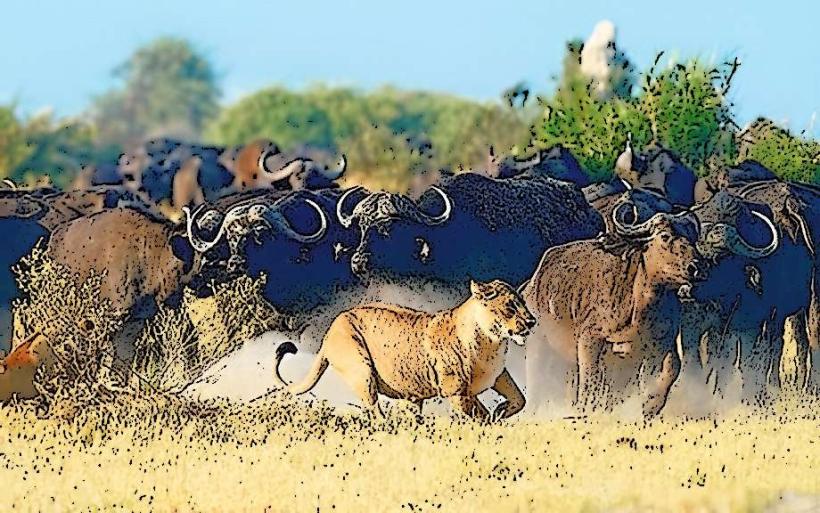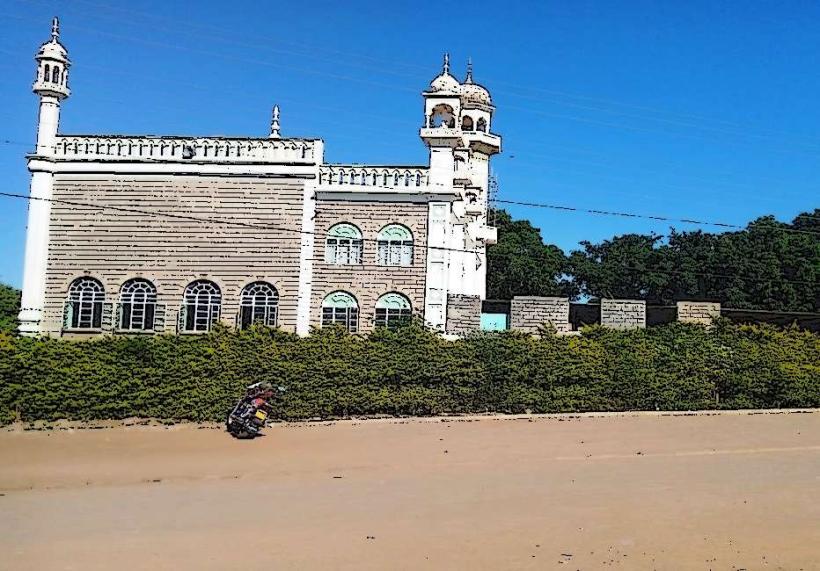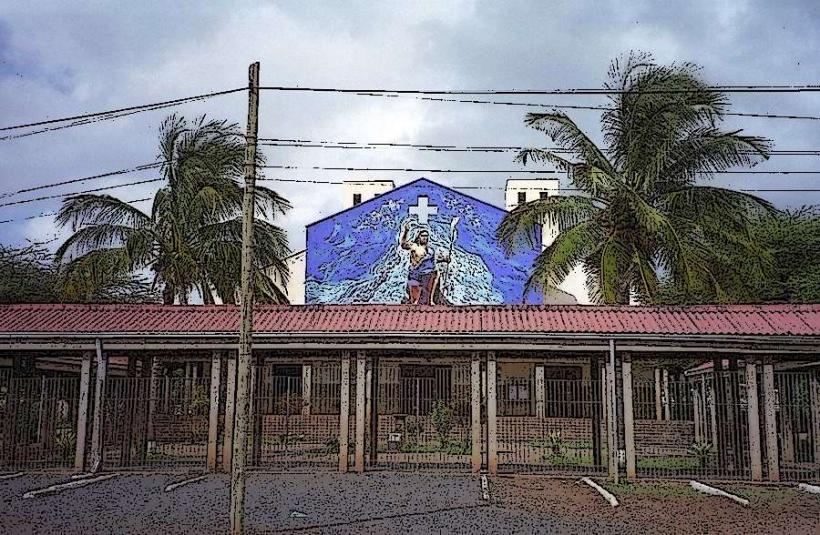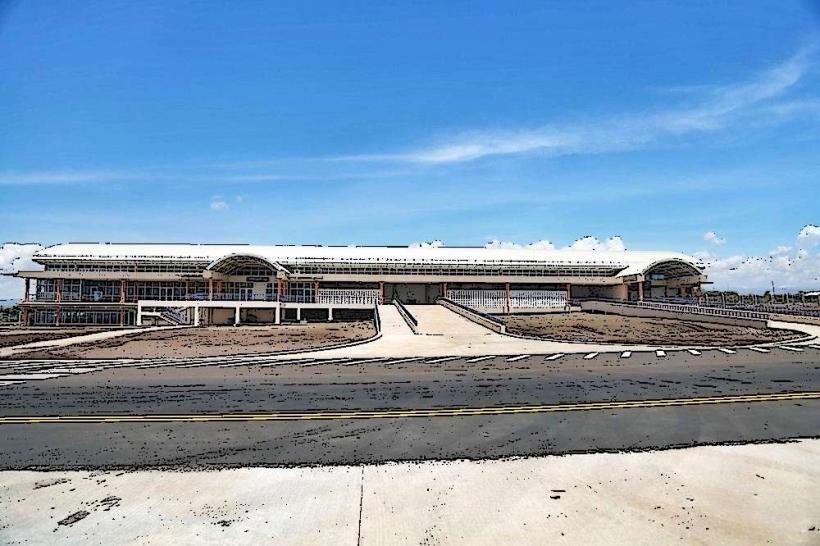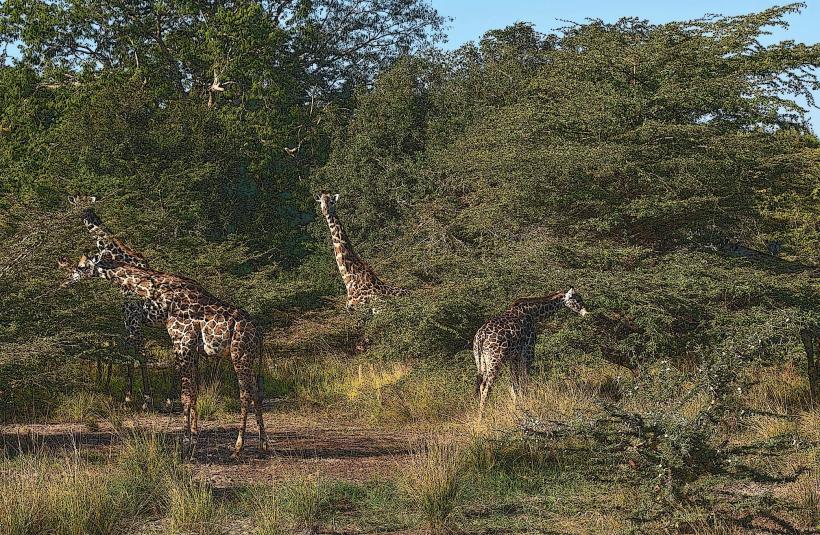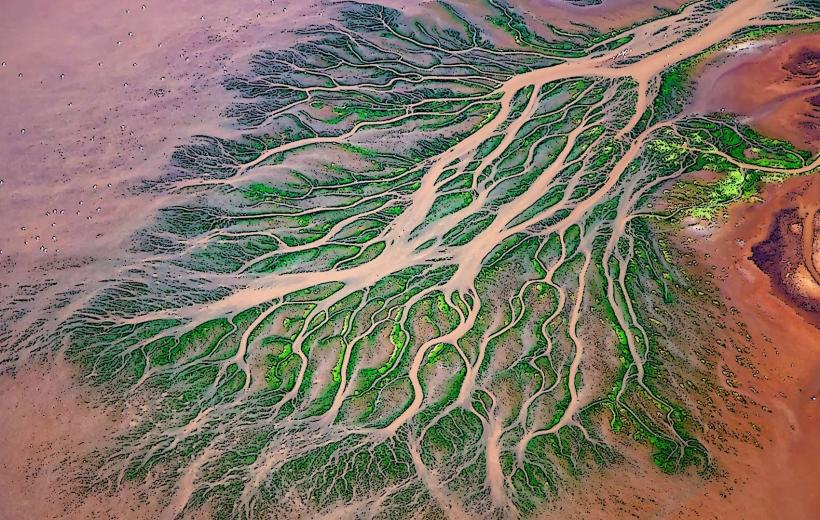Information
Landmark: Shaba National ReserveCity: Isiolo
Country: Kenya
Continent: Africa
Shaba National Reserve, Isiolo, Kenya, Africa
Overview
Tucked away in Kenya’s dry northern plains, Shaba National Reserve offers a striking, off-the-beaten-path escape where you might spot giraffes moving slowly across the dusty horizon, after that here’s a closer inspect at why the reserve stands out: Shaba sits in Isiolo County, up in northern Kenya, where dry hills roll into the horizon, and it’s part of a wider protected network alongside Samburu and Buffalo Springs National Reserves.The reserve spans roughly 23,910 hectares-about 92 square miles-putting it among Kenya’s smaller protected areas, where acacia trees dot the horizon, and the landscape shifts from brittle, sun-bleached grasslands to stands of acacia trees, then down to cool, shaded forests along the river.The extinct Shaba Hill volcano towers over the land, its dim slopes offering sweeping views across the reserve, at the same time the Ewaso Ng’iro River traces the reserve’s northern edge, its steady flow keeping elephants, antelope, and countless other animals alive, especially when the dry season turns the land to dust.The region has a semi‑arid climate, with just 300 to 400 millimeters of rain a year-barely enough to dampen the dusty ground, besides rain comes and goes unpredictably, but most of it pours down between March and May, then again from October to December, sometimes washing streets slick and shadowy.By midday, the heat can climb swift, leaving the reserve hotter than many of Kenya’s other wildlife spots, especially in the dry season when the air feels baked and still, along with shaba may not teem with wildlife like Masai Mara or Amboseli, but it shelters creatures found almost nowhere else, perfectly suited to its tough, sun-baked terrain.One of the highlights is the endangered Grevy’s zebra, with its fine pinstripe coat and sturdy, taller frame that set it apart from the plains zebra, then the reticulated giraffe, with crisp white lines tracing its reddish-brown coat like a map, is a familiar sight in the reserve.Beisa oryx, a medium-sized antelope, thrives in arid landscapes, often spotted nibbling at tough tufts of grass under the harsh sun, as a result the lesser kudu and the gerenuk have both adapted to survive in tough, dry terrain; the gerenuk’s long, slender neck lets it nibble leaves from shrubs and trees that stand well above the reach of most antelope.Predators are harder to spot in Shaba, but lions prowl its grasslands, leopards slip through the thorny bushes, and hyenas skulk in the shadows, in addition because wildlife is thin on the ground here, you won’t spot predators as often as you might in busier reserves-sometimes it’s just a lone pawprint in the dust.I think, Shaba is home to many bird species, among them the near-threatened Williams’s lark, a slight songbird found only here in this dry, open land, then you’ll also find ostriches, eagles, and the vivid beak of a hornbill among the birds here.Shaba isn’t as commercial as the neighboring reserves, which makes it perfect for travelers craving a quieter, more personal encounter-like watching giraffes move slowly through the acacia trees with no one else around, meanwhile you can reach the reserve by road-it’s roughly a 350‑kilometer trip from Nairobi, about six to eight hours of driving past dusty towns and open plains.You could also land at one of the minute airstrips nearby, flying straight in from Nairobi or another region, with the scent of warm dust greeting you as you step off the plane, to boot the reserve’s main setting to stay is Sarova Shaba Lodge, a blend of rustic charm and quiet luxury where stone walls and thatched roofs seem to grow right out of the landscape.The lodge has cozy rooms, a sparkling pool, and a stunning view of deer grazing against rolling green hills, after that in Shaba, you can head out on game drives, wander quiet trails with a guide, or pause to watch shining kingfishers dart over the river, more or less Believe it or not, You’ll spot plenty of wildlife along the Ewaso Ng’iro River, especially when the light is soft-first aspect in the morning or as the sun dips in the late afternoon, at the same time the ideal time to go is in the dry months-June to September or January to February-when animals drift toward the river’s edge, dust rising under their hooves, and spotting them becomes easy.Rainy Seasons: The reserve stays drier than much of Kenya, yet from March to May and again October to December, rain turns the land green and thick with plants, making it harder to spot animals but giving the days a quieter, softer feel, in addition during the dry season, malaria risk drops because puddles vanish and mosquitoes lose their breeding spots.The reserve is under strain from nearby human activity-grazing herds kicking up dust, hunters slipping through at night, and steady firewood gathering from its edges, therefore these activities upset the ecosystem’s natural balance, like tugging one loose thread in a spider’s web until the whole object quivers.From time to time, troops use the area for training exercises, the rumble of trucks and gunfire startling deer and waking nearby towns, in turn it’s a real hurdle for anyone trying to protect these resources over the long haul, like keeping a fragile glass bottle intact for decades.Kenya Wildlife Service manages the reserve, working to restore habitats, stop poachers, and guide tourism in ways that protect the land-right down to keeping dusty game trails from eroding into the savanna, in turn shaba rose to international fame through the work of Joy Adamson, author of *Born Free*, the vivid tale of her life with Elsa-a lioness she hand-raised from a playful cub, occasionally Elsa returned to the wild in Shaba, padding softly into the tall grass, and the reserve still carries the legacy of that famous conservation story, after that a stone monument honors Joy Adamson, who was killed in 1980 while living here, her life ending in the quiet hills she loved.The reserve still draws wildlife lovers and conservationists, especially those moved by her efforts, who pause to watch herons lift off from the reeds, subsequently the reserve also served as a backdrop for the film *Out of Africa* and the reality show *Survivor: Africa*, where cameras once tracked dusty trails under the afternoon sun.With no formal plan to guide tourism, worries are mounting that the reserve could suffer ecological damage from unchecked crowds-especially as more travelers seek remote, dust‑road safari spots, in addition in Shaba, the dryland ecosystem is delicate, its thin crust of soil easily scarred by overgrazing, shifting climate, and the spread of human settlements.To keep the reserve thriving for generations, we have to manage the land responsibly and shield its wildlife from poachers-before the sound of chainsaws drowns out the calls of the birds, simultaneously in conclusion, Shaba National Reserve stands out in Kenya, giving you a chance to explore the rugged hills, golden grasslands, and remarkable wildlife of the country’s north.It’s still a perfect spot for travelers craving peace and solitude, where the whisper of pine trees brings you closer to nature, meanwhile though it’s weathered plenty of challenges, the reserve still safeguards some of Kenya’s rarest wildlife and offers visitors a vivid glimpse of the nation’s rich landscapes and traditions, from rust-colored savannas to the distant echo of tribal drums.
Author: Tourist Landmarks
Date: 2025-09-27

